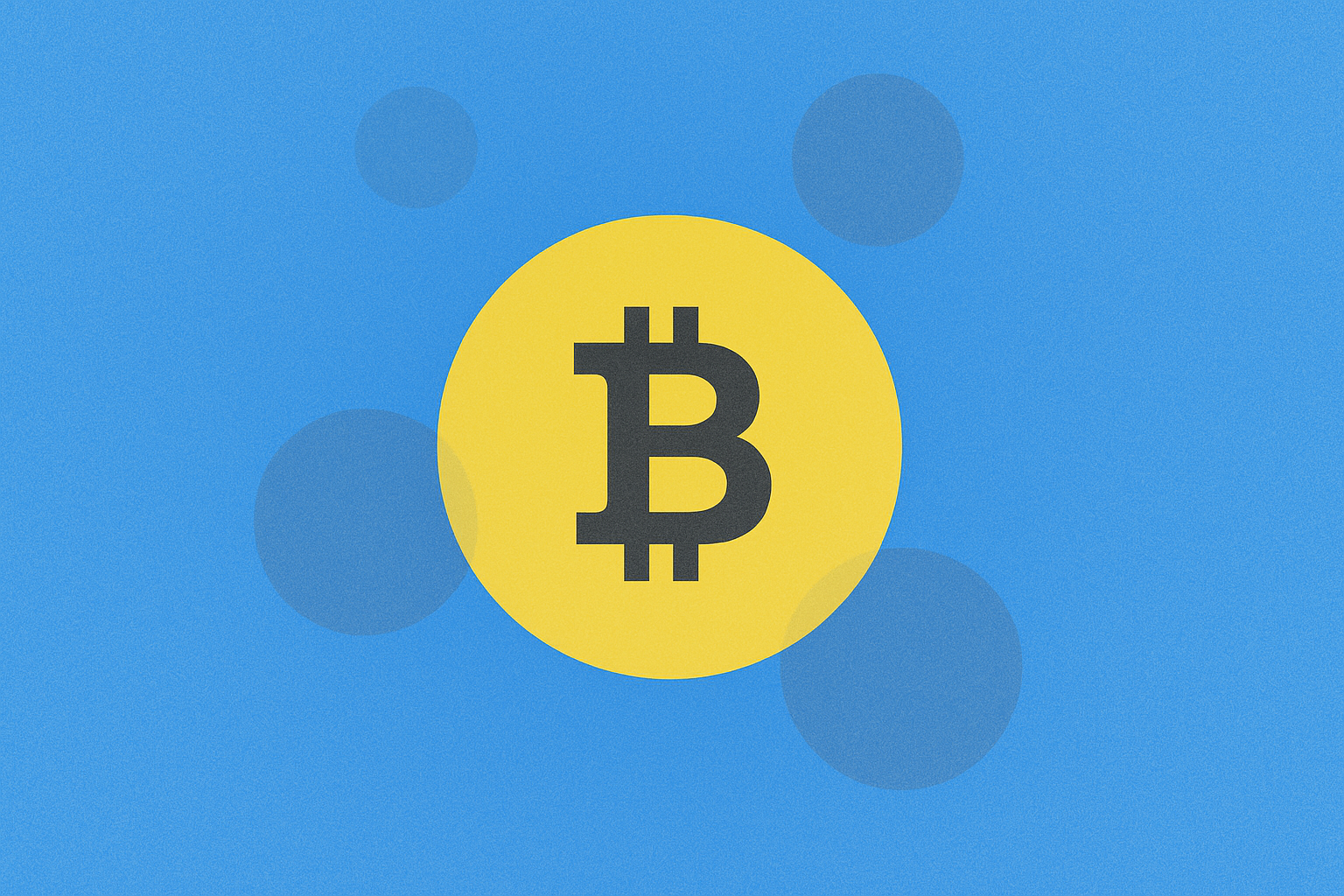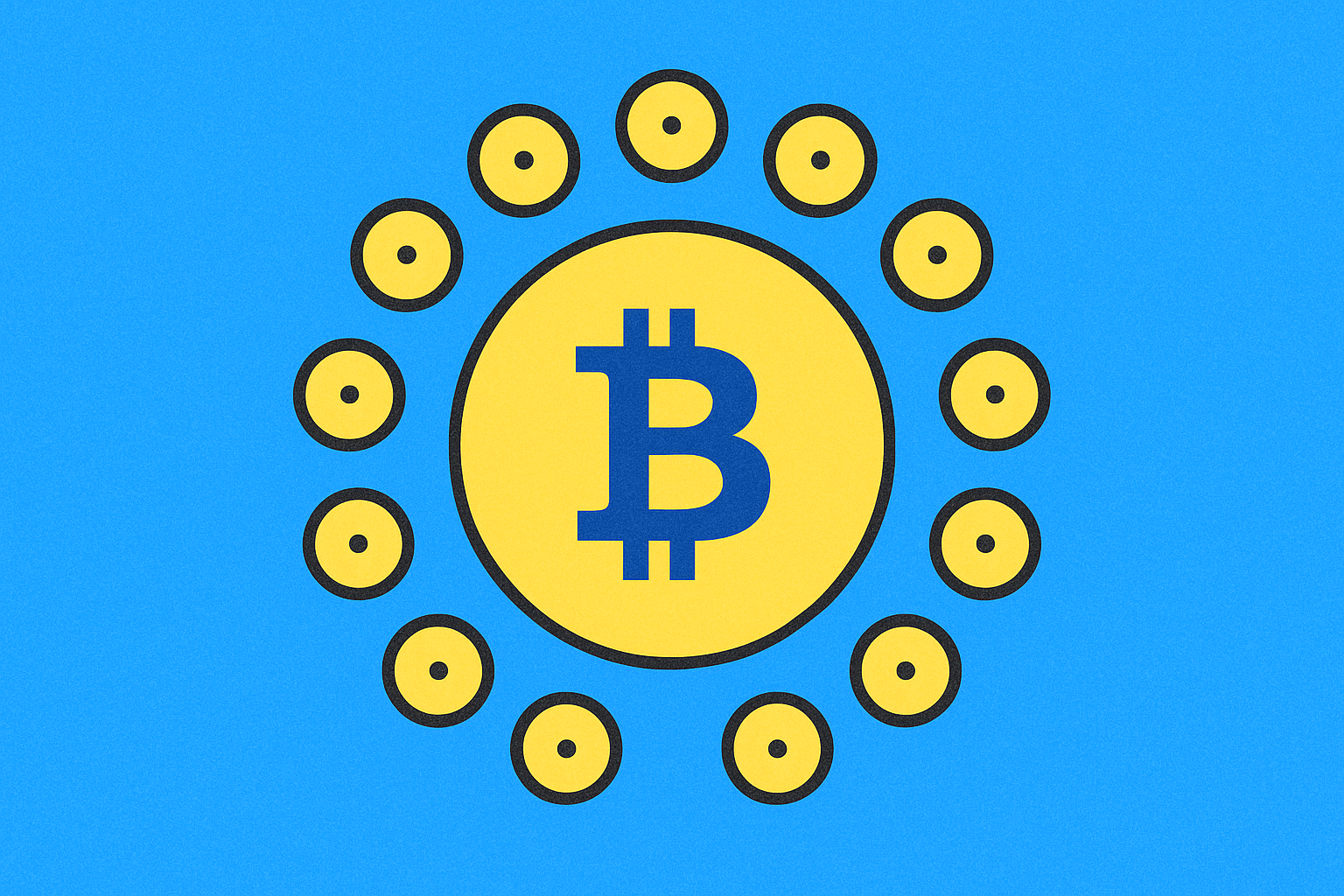Solana'nın Token Ekonomik Modeli, ağ katılımını nasıl teşvik ediyor?

Token dağılımı: %38 topluluk rezervi, %25 ekip ve vakıf, %37 yatırımcılar
Solana'nın token dağıtım stratejisi, ekosistemin gelişimi ve paydaşların teşvik edilmesi konusunda dengeli bir yaklaşım sergiler. Dağılım şu şekilde yapılandırılmıştır:
| Paydaş Grubu | Yüzde |
|---|---|
| Topluluk Rezervi | %38 |
| Ekip & Vakıf | %25 |
| Yatırımcılar | %37 |
Bu dağıtım modeli, Solana ağının uzun vadeli sürdürülebilirliği ve büyümesini desteklemeyi amaçlar. Solana Vakfı'nın yönettiği %38’lik topluluk rezervi, ekosistem gelişimini teşvik etme ve ağ katılımcılarını ödüllendirme konularında kararlılığını ortaya koyar. Bu rezerv; hibe, teşvikler ve topluluk odaklı girişimler gibi çeşitli amaçlar için kullanılabilir.
%25’lik ekip ve vakıf payı, ağın sürekli geliştirilmesi ve operasyonel destek için gerekli kaynakları sağlar. Bu sayede, çekirdek ekip ağın gelişimini sürdürüp yenilikleri hayata geçirebilir.
Yatırımcılar ise projenin büyümesini destekleyerek ve ilk sermayeyi sağlayarak %37’lik önemli bir paya sahiptir. Bu dağılım, yatırımcıların menfaatlerini ağın başarısı ile uyumlu hale getirir ve uzun vadeli bağlılık ile stratejik desteği teşvik eder.
Diğer blockchain projeleriyle karşılaştırıldığında, Solana’nın dağılımı oldukça dengelidir. Örneğin, Messari verilerine göre kimi projeler kurucular ve erken yatırımcılara %50’ye kadar tahsis yaparken, diğerleri topluluk teşviklerine daha fazla pay ayırıyor. Solana’nın modeli, ana paydaşlar arasında daha adil bir dağılım sunarak orta yolu bulmaktadır.
Başlangıçta %8 yıllık enflasyon oranı ile zamanla azalan enflasyonist model
Solana'nın yenilikçi enflasyonist modeli, ağın büyümesi ile token değerinin istikrarını dengelemek üzere tasarlanmıştır. Protokol, ilk aşamada %8 yıllık enflasyon oranı uygulamış ve bu oranı sistematik şekilde zamanla azaltmıştır. Bu model, erken ağ katılımını teşvik ederken token arzındaki artışı kademeli olarak düşürmeyi hedefler. Enflasyon oranındaki azalma, yıllık %15’lik bir programla gerçekleşir ve nihayetinde uzun vadede yıllık %1,5 sabit oranı hedefler. Sürecin ilerleyişi şöyle:
| Yıl | Enflasyon Oranı |
|---|---|
| 1 | %8,00 |
| 2 | %6,80 |
| 3 | %5,78 |
| 4 | %4,91 |
| 5 | %4,18 |
2025 yılı itibarıyla, Solana'nın mevcut enflasyon oranı yaklaşık %1,5 seviyesindedir ve uzun vadeli hedefle uyumludur. Bu model, Solana ekosisteminde birden fazla amaca hizmet eder. Doğrulayıcılar ve delegatörler için ödüller sunarak ağ güvenliğini ve katılımı teşvik eder. Ayrıca, geliştirme projeleri ve ekosistem büyümesini finanse ederek ağın genişlemesini destekler. Enflasyonun kademeli azalması, erken katılımcıların ödüllendirilmesi ile uzun vadeli token değerinin korunması arasında denge sağlar.
Dolaşımdaki SOL arzının %80’inden fazlası stake edildi, yıllık staking getirisi %6,3
Solana'nın staking ekosistemi, 2025'te büyük bir ivme kazandı ve dolaşımdaki arzın %80’inden fazlası şu anda stake edilmiş durumda. Yüksek katılım oranı, ağa ve uzun vadeli potansiyeline duyulan güveni gösteriyor. %6,3'lük yıllık staking getirisi, token sahiplerine ağı güvence altına almak için cazip bir teşvik sunuyor. Solana'nın staking verilerini diğer büyük kripto paralarla karşılaştırdığımızda tablo şöyle:
| Kripto Para | Staking Oranı | Yıllık Staking Getirisi |
|---|---|---|
| Solana (SOL) | >%80 | %6,3 |
| Ethereum (ETH) | ~%56 | %4,6 |
Bu veriler, Solana’nın proof-of-stake ekosistemindeki güçlü konumunu ortaya koyuyor. Yüksek staking oranı, daha fazla tokenin kilitlenerek konsensüs için kullanılması sayesinde ağ güvenliğini ve merkeziyetsizliği artırıyor. %6,3’lük yıllık getiri, özellikle Solana’nın yüksek işlem kapasitesi ve düşük ücretleriyle birlikte oldukça rekabetçi. Tüm bu faktörler, Solana’nın merkeziyetsiz uygulamalar ve DeFi protokollerinde benimsenmesini hızlandırmıştır. Ağ geliştikçe, bu staking metrikleri hem bireysel hem de kurumsal yatırımcılar için dalgalı kripto piyasasında istikrarlı getiri arayışında belirleyici olabilir.
Zincir üstü oylama ve teklif sunumu ile yönetişim faydası
Solana'nın yönetişim modeli, SOL sahiplerinin ağın geleceğini doğrudan etkilemek için zincir üstü oylama ve teklif sunumu yoluyla aktif katılımını sağlar. Bu sistem, token sahiplerinin protokol güncellemeleri, hazine tahsisleri ve ağ ayarları gibi kritik kararları doğrudan belirlemesine imkan tanır. Solana yönetişiminde oy gücü, Realm'e yatırılan token miktarı ile belirlenir; daha yüksek paya sahip olanlar karar süreçlerinde daha fazla söz hakkına sahip olur.
Yönetişim sürecinde, blokzincir ekosisteminde değişiklik ve iyileştirme önerileri için Solana Improvement and Maintenance Decisions (SIMDs) adlı resmi teklifler kullanılır. Bu teklifler, topluluk üyelerine önemli güncellemeleri önerip oylayabilmeleri için yapılandırılmış ve şeffaf bir sistem sunar. Örneğin, SIMD-0123 topluluğun Solana'nın enflasyon modelinde köklü değişiklikler önerme yeteneğini göstermiştir.
| Yönetişim Unsuru | Solana | Ethereum |
|---|---|---|
| Oylama Mekanizması | Zincir üstü, token ağırlıklı | Zincir dışı, resmi token oylaması yok |
| Teklif Sistemi | SIMDs | İyileştirme Teklifleri (EIPs) |
| Doğrulayıcı Katılımı | Doğrudan oy gücü | İstemci uygulaması üzerinden dolaylı |
Doğrulayıcılar, stake ağırlıklı oy gücüyle tekliflere doğrudan oy vererek Solana'nın yönetişiminde merkezi bir rol oynar. Ancak şu anda delegatörlerin doğrulayıcı kararlarını geçersiz kılmasına imkan veren resmi bir mekanizma bulunmamaktadır. Bu hibrit model, doğrulayıcıların zincir üstü etkisini artan topluluk katılımıyla birleştirerek Solana ekosisteminde daha kapsayıcı bir karar alma ortamı oluşturur.
SSS
Sol coin iyi bir yatırım mı?
Evet, Sol coin iyi bir yatırımdır. Hızlı ve ölçeklenebilir blokzincir yapısı, düşük işlem ücretleriyle birlikte umut vaat eder. Güncel piyasa trendleri büyüme potansiyelini desteklemektedir.
Sol 1.000 USD’ye ulaşabilir mi?
Evet, SOL uzun vadede 1.000 USD seviyesine ulaşabilir. Yenilikçi teknolojisi ve büyüyen ekosistemi, fiyatında ciddi bir artış potansiyeli sunmaktadır.
2025’te 1 Solana kaç dolar olacak?
Piyasa analizlerine göre, 1 Solana'nın 2025 Aralık ayında 165 ile 300 dolar arasında olması bekleniyor ve fiyat dalgalanmaları yaşanabilir.
Solana bugün 10.000 dolara ulaşabilir mi?
Hayır, Solana'nın bugün 10.000 dolara ulaşması beklenmiyor. Ancak yenilikçi teknolojisi ve büyüyen ekosistemi, gelecekte önemli bir büyüme potansiyeline işaret ediyor.

Solana (SOL) Token Ekonomi Modeli Nedir?

2025'te Solana'nın Token Ekonomik Modeli Nasıl İşler?

Kripto ekosisteminde başarılı bir token ekonomik modelinin ana unsurları nelerdir?

Unstaking Anlamı: Bilmeniz Gereken Her Şey

MSOL nedir: Bilgisayar Biliminde Monadic Second-Order Logic’in (Tekil İkinci Dereceden Mantık) Anlaşılması

Token Ekonomik Modeli Nedir ve Kripto Projelerine Etkisi Nasıldır?

Öne Çıkan Önemli NFT Sanatçıları

Fantom Blockchain Teknolojisini Anlamak: Temel Özellikler Açıklandı

NFT Nadirliği Anlamak: Puanlama Sistemleri Rehberi

Blokzincirde Proof-of-Work Konsensüs Mekanizmasını Anlamak

Satoshi'den Bitcoin'e Dönüşümün Anlaşılması: Kolay Anlatım





